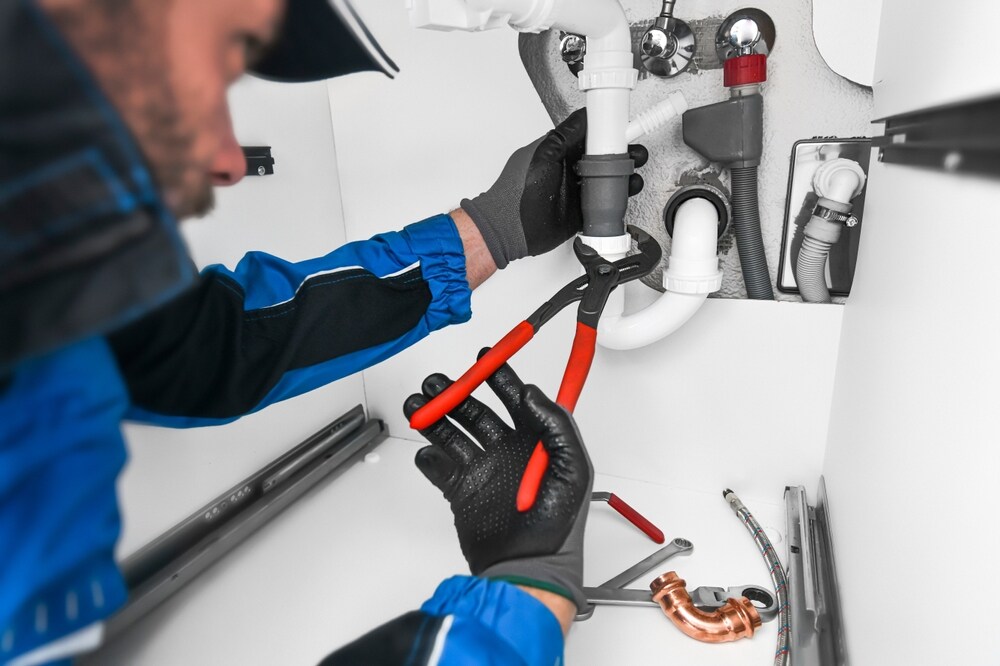Affordable Soquel Plumbing Company: Your Trusted Partner in Plumbing Solutions

When it comes to plumbing issues, whether minor or major, homeowners and businesses alike seek reliable, professional, and cost-effective services. For those in Soquel and surrounding areas, finding an affordable Soquel plumbing company that offers quality services is key. That’s where Anytime Plumbing Inc. Santa Cruz comes in, providing top-tier plumbing solutions for residents and businesses in the region.
With a stellar reputation for reliability and customer satisfaction, Anytime Plumbing Inc. has established itself as the go-to plumbing service for many in the Santa Cruz area. This family-owned business is committed to delivering high-quality, affordable, and efficient plumbing services that cater to a wide variety of needs. In this article, we’ll explore the range of services offered by Anytime Plumbing Inc. Santa Cruz, and why they are the trusted choice for all plumbing needs in the region.
Comprehensive Plumbing Services
Anytime Plumbing Inc. Santa Cruz is not just another plumbing company; it is a full-service plumbing provider. Whether you’re dealing with a simple leaky faucet, a clogged drain, or a major plumbing emergency, Anytime Plumbing Inc. has the experience and expertise to handle it all. Their team of skilled technicians is trained to address both residential and commercial plumbing issues with precision and care.
1. Residential Plumbing Solutions
Homeowners in Soquel and surrounding areas trust Anytime Plumbing Inc. for all their residential plumbing needs. The team offers a range of services, from routine maintenance and repairs to full-scale installations and replacements. Whether you need help with water heaters, garbage disposals, or pipe repairs, their team is ready to assist you with prompt and professional service.
Routine plumbing inspections are vital to avoid potential issues, and Anytime Plumbing Inc. offers affordable maintenance plans to ensure your plumbing system runs smoothly all year round. Their experts can also advise homeowners on water conservation techniques, helping you save money on utility bills while being more eco-friendly.

2. Commercial Plumbing Services
In addition to residential services, Anytime Plumbing Inc. also specializes in providing plumbing solutions for local businesses. Commercial properties require unique plumbing solutions, as they face larger and more complex plumbing systems. From pipe maintenance to grease trap cleaning, Anytime Plumbing Inc. has the skills and tools to address the specific needs of business owners.
Whether you run a restaurant, retail store, or office building, Anytime Plumbing Inc. offers comprehensive services tailored to your business. The company understands the importance of minimizing downtime, so they work quickly and efficiently to ensure minimal disruption to your operations.
Emergency Plumbing Services
Plumbing emergencies can strike at any time, often when you least expect them. Burst pipes, flooding, or a sudden lack of hot water can cause significant damage and stress. The good news is that Anytime Plumbing Inc. offers 24/7 emergency plumbing services to handle these unexpected situations. With their rapid response times, the team ensures that urgent issues are addressed promptly, minimizing damage and restoring normalcy to your home or business.
Whether it’s a clogged sewer line, a backed-up toilet, or a gas leak, you can count on Anytime Plumbing Inc. to be there when you need them most. Their emergency plumbing team is available around the clock, ensuring that customers are never left stranded in a plumbing crisis.

Commitment to Quality and Customer Satisfaction
One of the standout features of Anytime Plumbing Inc. is its unwavering commitment to quality. The company believes that every job, no matter how big or small, deserves the utmost attention to detail and care. They use only the highest-quality materials and cutting-edge equipment to ensure that their work stands the test of time.
Why Choose Anytime Plumbing Inc. Santa Cruz?
- Experience and Expertise: With years of experience in the plumbing industry, Anytime Plumbing Inc. has honed its skills and knowledge to provide top-notch plumbing services.
- Affordable Pricing: As an affordable Soquel plumbing company, they ensure that their services are competitively priced without compromising on quality.
- 24/7 Availability: Plumbing emergencies don’t follow a schedule, but Anytime Plumbing Inc. is always ready to respond at any hour of the day or night.
- Licensed and Insured: The company is fully licensed and insured, providing peace of mind to customers that their plumbing needs will be handled professionally and safely.
Conclusion
Plumbing problems are inevitable, but with the right company on your side, they don’t have to be a hassle. Anytime Plumbing Inc. Santa Cruz has earned its reputation as an affordable Soquel plumbing company that residents and businesses can rely on for all their plumbing needs. From routine maintenance to emergency services, their skilled team is ready to tackle any plumbing challenge. When you choose Anytime Plumbing Inc., you’re choosing a company that values quality, affordability, and customer satisfaction.






































